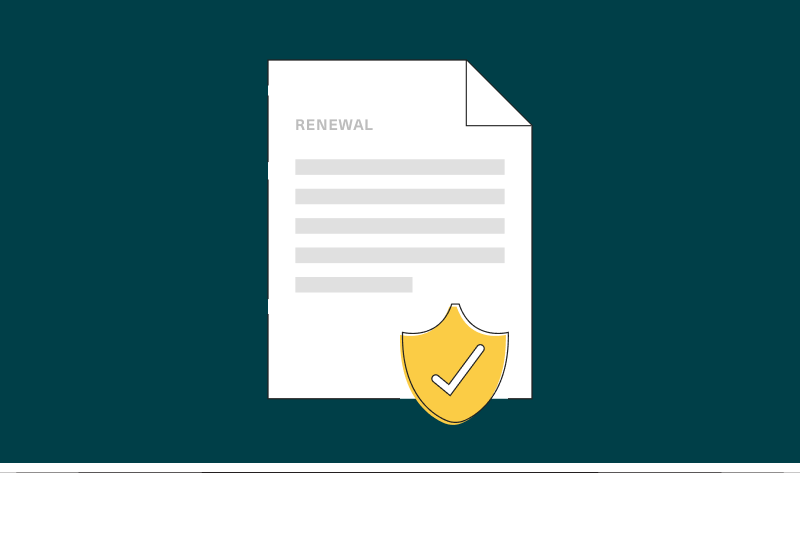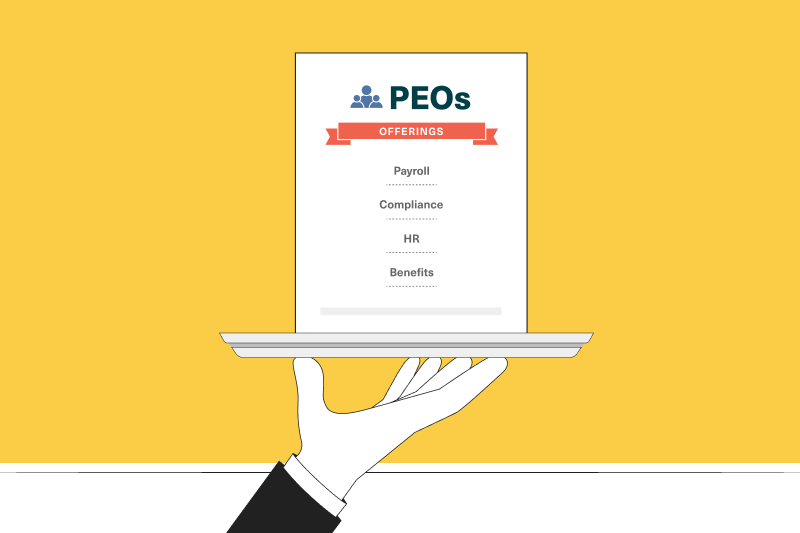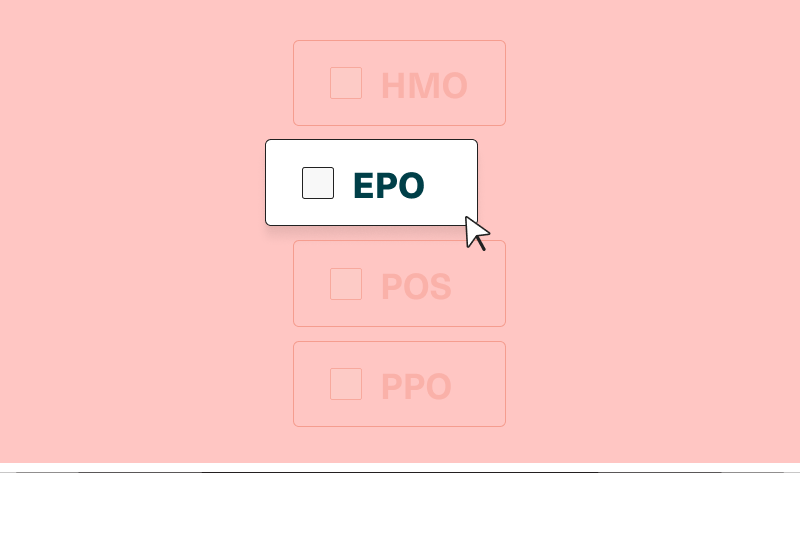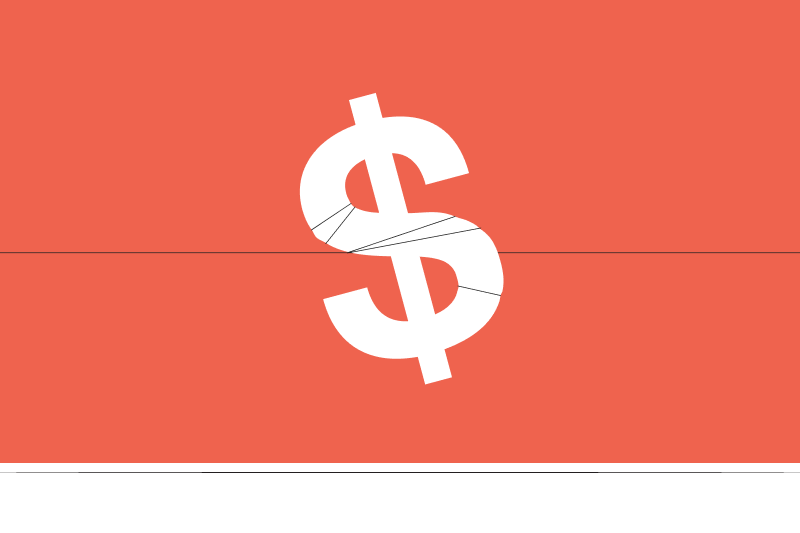Health insurance 101: Renewals

Navigating the complex world of group health insurance can be daunting, especially when it comes to annual health insurance renewals. During a renewal period, you want to get the best rates for your company’s bottom line while also providing your employees and their dependents with the best benefits possible. Read on to learn everything you need to know about group health insurance renewals so you can make informed decisions that align with your company’s unique needs and goals.
Group health insurance renewal basics
Understanding the fundamental aspects of a health insurance renewal is the first step towards a smoother, more efficient renewal process.
What does a health insurance renewal mean?
A health insurance renewal is the process of extending your current health insurance policy for another plan year. This typically involves:
- Reviewing your existing policy
- Assessing your current and future healthcare needs
- Deciding whether to continue with the same plan, switch to a different plan, or make changes to your current plan
When does the health insurance renewal process usually occur?
The health insurance renewal process usually occurs annually, typically at the end of the policy year. However, the exact timing can vary depending on the insurance company and policy terms.
Why do renewals happen on an annual basis?
Renewals happen on an annual basis to allow for adjustments based on changes in healthcare needs, insurance regulations, and market conditions. An annual review ensures that the health insurance plan continues to meet the needs of the employer and provides adequate coverage for employees.
Group health insurance renewal process
The group health insurance renewal process involves several steps. Each step is crucial in ensuring you end up with a health insurance plan that best suits your business and your employees. This process is cyclic and repeats every time your insurance policy is up for renewal.
1. Underwriting review
The insurance company does a thorough examination of the current policy, external factors, and risk scoring to determine any changes in cost to your current plan.
2. Renewal notice
The insurance company sends a renewal notice detailing the terms of the new policy, including any changes to coverage, benefits, and cost.
3. Internal review
The business assesses the healthcare needs of its employees to determine if the current plan still provides adequate coverage.
4. Market analysis
The business researches the health insurance market to understand current trends, offerings, and pricing.
5. Decision
The business makes a decision based on internal review and market analysis.
6. Communication and enrollment
The business communicates the changes to its employees and conducts the enrollment process.
7. Implementation and management
The business implements the renewed policy and manages it throughout the plan year.
Factors that affect group health insurance renewals
Several factors can influence the outcome of group health insurance renewals, leading to price changes. Understanding these factors can help you anticipate potential challenges and strategize effectively.
Premiums
Health insurance premiums are the amount you pay to the insurance company for your policy. They can increase at renewal due to factors such as:
- Higher healthcare costs
- Increased usage of benefits
- Changes in the risk profile of your group
Claims
The number and cost of claims made under your policy can significantly impact your renewal. A high number of expensive claims can lead to an increase in premiums as the insurer seeks to cover these costs.
Changes in group membership
When it comes to health insurance, insurers calculate premiums based on the risk profile of your group. As your team evolves, so does its risk profile. So, changes in your group membership can affect your rates because they influence the perceived risk and, consequently, the cost of your policy.
Size
Larger groups often have more predictable claim patterns. The larger the group, the lower the per-person cost of insurance. This is due to risk pooling, where the insurer can spread the risk of claims across a larger number of individuals.
If your workforce decreased in the previous year, you may have to pay a higher rate when the renewal period comes around. And, if you have a small group with a high number of claims, you will likely see a significant increase in premiums at renewal.
Age
If the average age of your group has risen since the last renewal, there’s a chance this might contribute to higher renewal rates.
Health status
Insurers assess the overall health of your group to predict potential healthcare costs. If members of your group have developed serious or chronic health conditions since the last renewal, it could lead to higher renewal rates.
However, the impact of health status on renewal rates can vary depending on the size of your group and the type of plan you have. In larger groups, the health status of individual members has less impact on the overall group rate because the risk is spread out over more people. For smaller groups, the health status of even one or two members can significantly affect the group’s renewal rates.
New dependents
Dependents — such as spouses and children — increase the number of individuals covered under your plan. Each dependent has their own health risks and needs that contribute to the overall cost of the plan, and this can potentially increase the overall risk from the insurance company’s perspective.
If the dependents are generally healthy, the impact on your renewal rates might be minimal. If the dependents have significant health issues or require frequent medical care, your renewal rates could increase because the insurer anticipates that these dependents will likely generate higher healthcare costs.
Industry trends
Several industry trends can significantly impact group health insurance renewal rates. Healthcare inflation — the increase in healthcare costs over time — is one key trend that affects even groups with low claims. As healthcare becomes more expensive, insurance companies may increase premiums to cover these higher costs.
Another trend is the shift towards value-based care, personalized medicine, and advanced treatment. These developments can lead to improved health outcomes and often lower costs.
Regulatory changes
Regulatory changes and reforms in the healthcare sector can also impact renewal rates. Changes in laws or regulations could affect coverage requirements or increase the pricing of health insurance plans.
How to navigate the renewal process for your business
Navigating the health insurance renewal process can be challenging, but it can be smooth and successful if you tackle it with the right knowledge and strategy. Consider these steps to guide you through the process.
Review your current plan
Start by reviewing your current plan to understand its:
- Coverage
- Benefits
- Costs
- Overall suitability for your group’s needs
This will help you identify what’s working and what needs to change.
Review the renewal offer
When you receive the renewal offer from your insurance company, assess it carefully. Compare the new terms with your current plan and consider how they align with your needs and budget.
Explore alternatives
Don’t limit yourself to the renewal offer. Explore alternatives from other insurance providers. Each type of plan comes with its own set of advantages and disadvantages, so you must consider your business’s specific needs and circumstances when exploring these alternatives, which include:
- Fully insured plans
- Self-insured plans
- Level-funded plans
- Pooled plans
Fully insured plans
These are traditional insurance plans where the insurance company assumes the risk of providing health coverage in exchange for premiums. They’re regulated by state laws and can be more expensive, but their costs are also more predictable.
Self-insured plans
With self-insured or self-funded health plans, you assume the risk of providing health coverage. While these plans can lead to cost savings in years with low claims, they also expose your businesses to potentially high costs in years with high claims.
Level-funded plans
Level-funded plans are a hybrid of fully insured and self-insured plans. They offer more flexibility and potential cost savings while limiting the risk to you. Modern insurance companies like Sana offer level-funded plans that can be a great fit for small and medium-sized businesses with five to 300 employees.
Pooled plans
You can also take advantage of Professional Employer Organization (PEO) plans and Association Health Plans (AHPs).
PEOs provide insurance by pooling together small businesses to get better rates. They share responsibilities with your business, acting as a co-employer to handle several aspects of the business:
- Benefits administration
- Human resources
- Payroll
- Administrative support
You retain managerial jurisdiction and make all decisions regarding your human capital.
AHPs allow small businesses and self-employed individuals to band together to create a group health plan. While both types of plans offer cost savings, they also limit your ability to customize your plan to your specific needs.
Make a decision
After assessing the renewal offer and exploring alternatives, make a decision. Choose the plan that best meets your needs and budget.
Communicate with your employees
Once you’ve made a decision, communicate the changes to your employees through a company-wide email or letter or your benefits administration platform. Make sure they understand the new plan and how it affects them.
Conduct the employee enrollment process
Conduct the enrollment process to get your employees signed up for the new plan. Make sure to provide support and answer any questions they may have.
Benefits administration software can make benefits administration as simple as filling out a few forms and clicking a few buttons. It can also include a knowledge base or chatbot that answers employee questions to streamline and simplify the entire enrollment process.
Implement the policy
Once enrollment is complete, implement the policy by setting up the necessary systems and processes.
Continue to manage your policy
Plan renewal doesn’t end with implementation. You must continue to manage your policy throughout the year. This includes handling claims, addressing issues, and ensuring the plan continues to meet your needs.
Stay compliant with regulations
Finally, ensure you stay compliant with all relevant health insurance regulations. This can help you avoid penalties and ensure your policy remains valid.
Health insurance renewal FAQs
It depends on your health insurance company. Some health insurance policies automatically renew at the end of the policy term. You typically have the option to review and change your plan during the health insurance renewal period. Others require you to reapply within the renewal period.
Some health insurance plans offer a cooling-off period, also referred to as a revocation period, typically of 15-30 days, during which you can cancel your renewed policy without penalty as long as you haven’t made any claims.
If you missed the renewal deadline, your policy may be canceled or automatically renewed, depending on your insurance company. Thankfully, most insurance companies offer a grace period during which you can still renew your policy.
Underwriting is a strategic process that leaves little room for negotiation. However, most insurance companies are willing to review competitive offers and revisit their rates to see if any adjustments can be made.







